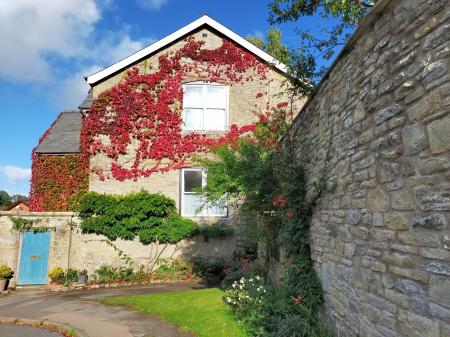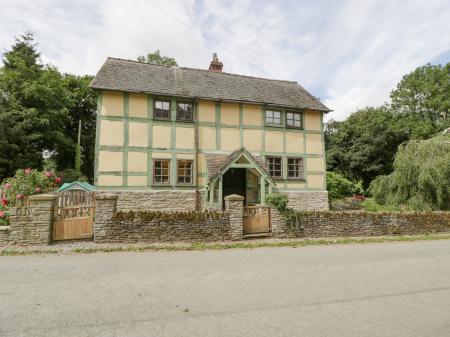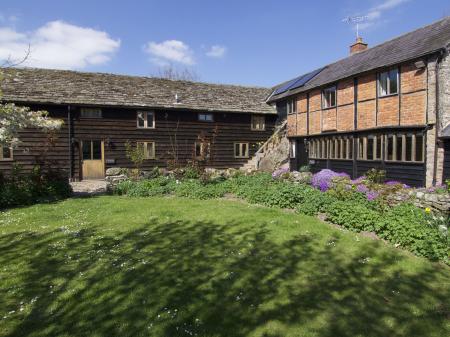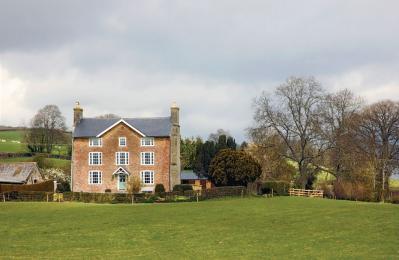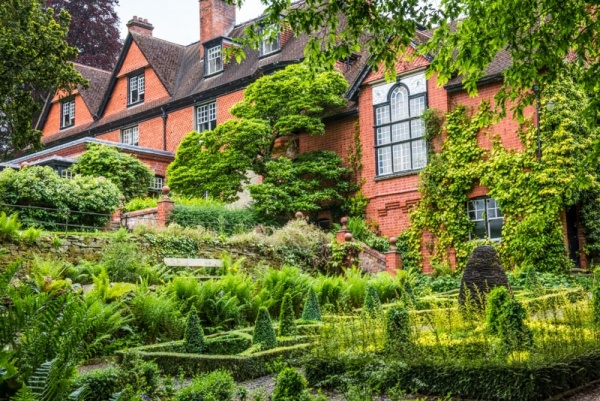
The gardens are divided into 6 distinct areas, including an Azalea Garden, Maple Grove, Kitchen Garden, Hergest Croft Garden, Park, and Park Wood.
A special area of the woodland garden is set aside for Himalayan species. The garden borders are a tribute to the design theories of influential gardeners Gertrude Jekyll and William Robinson.
In addition, there is an orchard and a traditional kitchen garden, a tea shop, gift shop, and tearooms.
History
The Hergest Estate covers over 1000 acres, at the core of which stands the historic manor house of Hergest Court (not Hergest Croft), the remains of which can be seen from the end of the avenue within the garden. The manor dates back to 1267 when it was built by Hwyel ap Meurig.
The estate later passed to the Clanvowe family and then to the Vaughans, who were descended from Roger Vaughan of Bredwardine, who fought at the Battle of Agincourt. A later Vaughan was Sir Charles (1529-1574) who was the only Welsh MP to oppose the restoration of Catholicism under Mary I.
The current house of Hergest Croft was built in 1895 by Richard Drew. It was requisitioned during WWII to serve as a school, and later became an outpost of the Lady Hawkins School of nearby Kington. It was later used as a repository for the Herefordshire Archives before it was finally returned to the family in 1972. It has since been converted into flats.
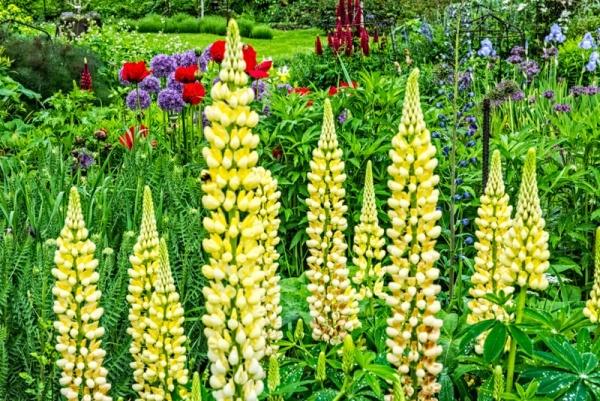
The Black Dog of Hergest
As for the original manor house of Hergest Court, an old legend tells that it is haunted by a spectral black hound, called The Black Dog of Hergest. The Court has gained such a reputation locally that some people will not walk past it at night.
The story goes back to the late 15th century when Hergest Court was owned by Thomas Vaughan, known as 'Black Vaughan' for his wicked ways. Vaughan's faithful black bloodhound survived his master's death at the Battle of Banbury in 1469, but Vaughan lived on in the shape of a black bull that terrorised the neighbourhood. His spirit was exorcised, but the Black Dog lived on in legend, striking fear into the hearts of locals. The appearance of the Black Dog was said to be a harbinger of death for a member of the Vaughan family of Hergest.
The legend of the Black Dog of Hergest is said to have provided the inspiration for Sir Arthur Conan Doyle's Sherlock Holmes mystery 'The Hound of the Baskervilles'.
But it is hard to think of dark deeds and deadly hounds when you visit the gardens today. Hergest is a delight to explore, with formal gardens near the house giving way to a spacious Arboretum and the woodlands known as The Park.
We visited in May when spring colours were lush and vivid and the Azalea Garden was bursting with new growth. It was a magical experience. We can highly recommend visiting the kitchen garden, which is almost as colourful as the main garden, with beds of flowers set between more practical edible plants.
Hergest Croft is very well signposted from roads around Kington. There is a large parking area on the opposite side of the road from the garden entrance.
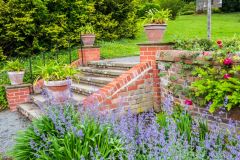
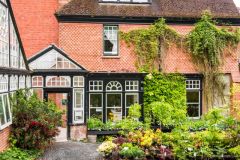
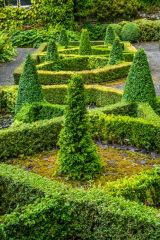
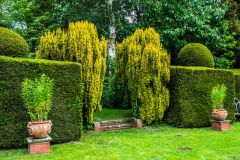
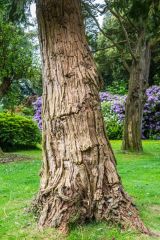
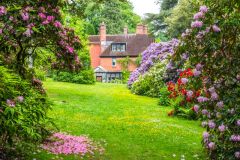
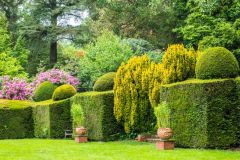
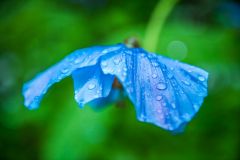
 We've 'tagged' this attraction information to help you find related historic attractions and learn more about major time periods mentioned.
We've 'tagged' this attraction information to help you find related historic attractions and learn more about major time periods mentioned.